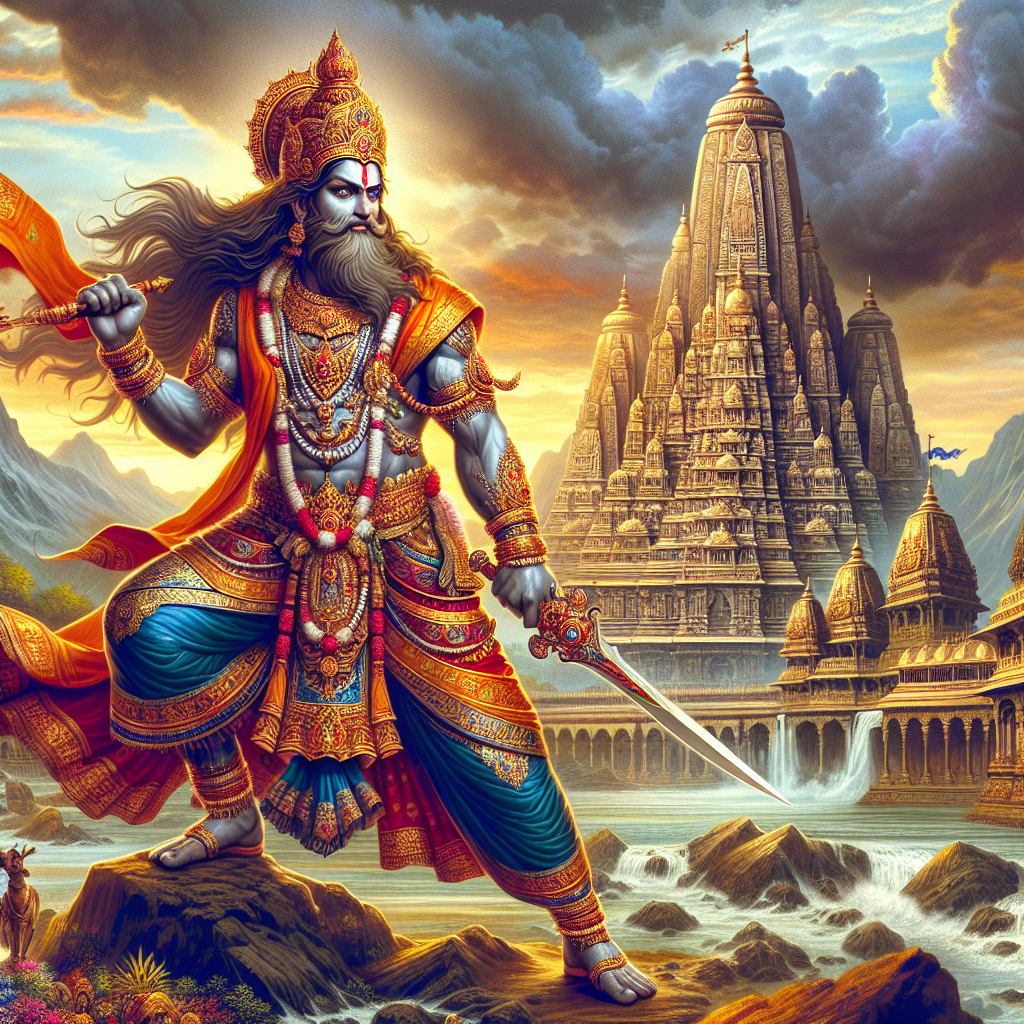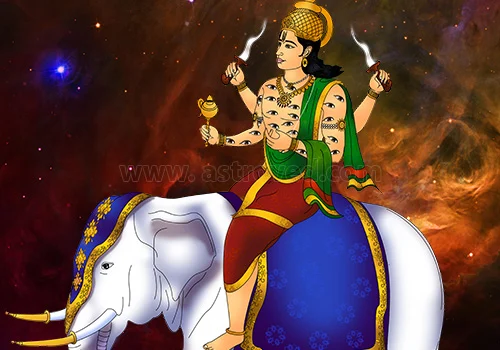In the vibrant tapestry of Hindu mythology, various deities embody unique attributes and celestial powers. Among these revered figures is Lord Khandoba, a significant Hindu god known for his formidable presence and profound influence over the lives of his devotees. Worshipped primarily in the states of Maharashtra and Karnataka, Lord Khandoba is often depicted as a warrior riding a horse, accompanied by his faithful companions, the two dogs represented by his celestial aides.
Lord Khandoba, also known as Malhari, is believed to be an incarnation of Lord Shiva, showcasing the intertwined nature of various Hindu deities. His worship is particularly notable during the festivals celebrated in his honor, where vibrant processions and rituals take center stage. Devotees flock to temples adorned with flowers and lights, offering their prayers and seeking blessings for prosperity and protection.
The lore surrounding Hindu god Lord Khandoba is rich and varied. He is not only a warrior god but also a symbol of spirit and determination. Myths narrate that Khandoba vanquished demons who threatened the moral fabric of society. His triumphs over evil forces resonate deeply with his followers, who view him as a protector against darkness and adversity. This narrative reinforces the concept of good prevailing against evil, a central theme in Hindu beliefs.
In villages across Maharashtra, the annual worship of Lord Khandoba culminates in the ‘Khandoba Yatra,’ a pilgrimage that unites people in devotion. During this time, devotees engage in dance and music, celebrating Khandoba’s valor and divine grace. Temples dedicated to him resonate with chants, as followers express their unwavering faith and admiration for this powerful deity.
The significance of Lord Khandoba extends beyond mere worship; he symbolizes the cultural identity of the communities that revere him. Festivals associated with Khandoba are characterized by folk narratives, traditional songs, and vibrant attire, reflecting the rich heritage of the region. His worship involves rituals like ‘bhojan’ (offering food) and ‘puja’ (prayers), which strengthen the bond between the divine and the devotee.
In contemporary times, the reverence for Hindu god Lord Khandoba continues to flourish, bridging the gap between tradition and modernity. His image finds a place not just in temples but also in the hearts of his followers, inspiring them through life’s challenges. The stories of his valor serve as moral lessons, guiding individuals toward righteousness and courage.
As we delve deeper into the faith surrounding Lord Khandoba, it becomes evident that his influence transcends religious boundaries, fostering unity among diverse communities. His narrative is a testament to the enduring power of devotion within Hinduism, and his legacy is celebrated with fervor and dignity. Hence, the worship of Lord Khandoba stands as a beacon of hope, inspiring generations to honor the divine principles of love, strength, and justice.
In conclusion, the multifaceted nature of Hindu god Lord Khandoba, as a warrior, protector, and cultural icon, underscores his importance in the lives of countless devotees. Through his tales and worship, he continues to spread light and hope, making him an integral part of Hindu spirituality.


